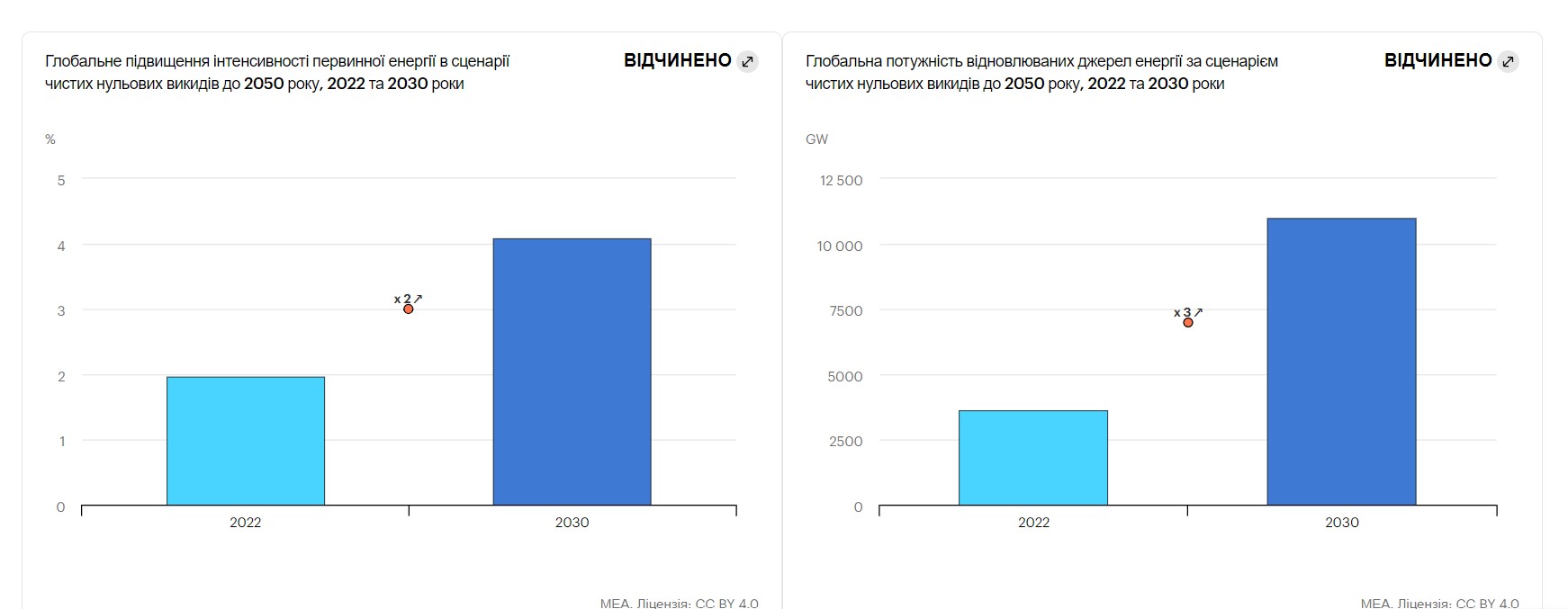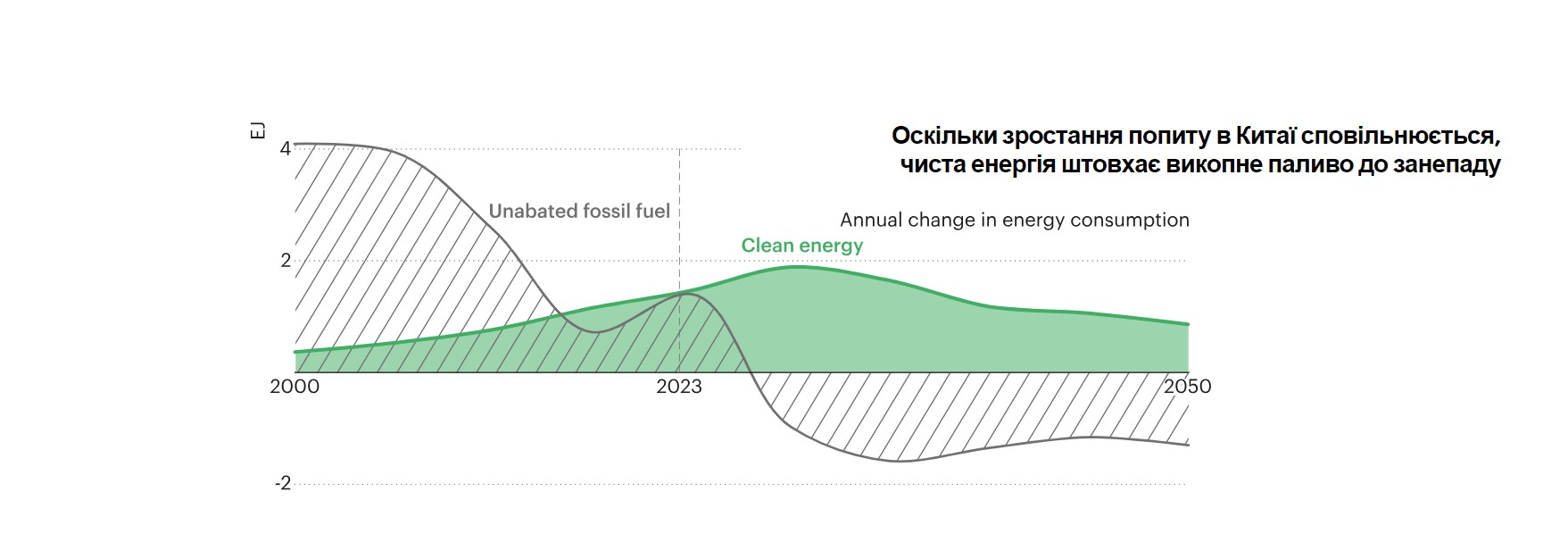How will the energy system change by the end of this decade?
According to the IEA’s new report, World Energy Outlook 2023, the major changes taking place today will result in a significantly different global energy system by the end of this decade.
According to the scenario based on current policy settings (STEPS), the IEA predicts that in 2030 there will be almost 10 times more electric vehicles on the world’s roads. Other forecasts suggest that solar photovoltaic power plants will produce more electricity than the entire US grid currently produces, the share of renewables in global electricity production will approach 50% from around 30% today, heat pumps and other electric heating systems will displace fossil fuel boilers worldwide, and investment in new offshore wind farms will be three times higher than investment in new coal and gas-fired power plants.
If countries were to meet their national energy and climate commitments on time and in full, progress on clean energy would move even faster, the report says. However, even more decisive action will still be needed to meet the goal of limiting global warming to 1.5°C.
More clean energy, less fossil fuels.
The report says that the world is on track to see a peak in the use of all fossil fuels by 2030. The share of coal, oil and natural gas in the global energy supply, which has been at 80% for decades, is starting to decline and will reach 73% in STEPS by 2030, while global energy-related CO2 emissions will peak by 2025.
The transition to clean energy is happening all over the world, and it cannot be stopped. It’s not a question of “if”, it’s just a question of “how soon”.
In focus: India
According to the report, India is set to see the highest growth in energy demand of any country or region in the world over the next three decades. As a result, demand for oil and natural gas will increase by almost 70% in STEPS between 2022 and 2050, while demand for coal will increase by 10%, even as solar PV is beginning to be used extensively for electricity generation. As a result, India’s annual CO2 emissions will increase by almost 30% by 2050, one of the largest increases in the world.
The report notes that over the past five decades, India has experienced more than 700 heatwaves, claiming more than 17,000 lives. Due to geographical and meteorological conditions, the number of air conditioners in India has been steadily increasing along with rising incomes, tripling since 2010 to reach 24 units per 100 households. The report showed that electricity consumption for space cooling grew by 21% between 2019 and 2022, and today almost 10% of electricity demand is for space cooling.
The IEA estimates that by 2050, the number of households owning air conditioners will grow nine times, outpacing the growth in the number of owners of all other major appliances, including TVs, refrigerators and washing machines. Demand for electricity for cooling in the residential sector grows nine-fold in the STEPS scenario by 2050. The report estimates that by 2050, the total electricity demand for residential air conditioning in India under STEPS will exceed the total electricity consumption in all of Africa today.
1.5°C still out of reach
The report notes that under current conditions, demand for fossil fuels will remain too high to meet the Paris Agreement’s goal of limiting the global average temperature rise to 1.5°C. This could lead to worsening climate impacts and undermine the security of an energy system built on a cooler planet. This threatens not only to worsen climate impacts after a year of record heat, but also to undermine the security of an energy system that was built for a cooler world with fewer extreme weather events.
The report proposes a global strategy to put the world on the right track by 2030, which consists of five key pillars. These include tripling global renewable energy capacity, doubling the rate of energy efficiency improvements, reducing methane emissions from fossil fuel combustion by 75%, innovative and scalable financing mechanisms to triple clean energy investments in transition and developing countries, and measures to ensure an orderly phase-out of fossil fuels, including a halt to new permits for the construction of continuously operating coal-fired power plants.

The report takes a closer look at a key variable for energy markets in the coming years. China, which has a significant influence on global energy trends, is undergoing major changes as its economy slows and undergoes structural changes. According to the report, China’s total energy demand will peak around the middle of this decade, and the continued dynamic growth of clean energy will lead to a reduction in fossil fuel demand and emissions in the country.

By the end of the decade, the world will have the production capacity to produce more than 1,200 gigawatts (GW) of solar panels per year, but only 500 GW are projected to actually be deployed in 2030. If the world reaches 800 GW of new solar PV capacity by the end of the decade, this would lead to a further 20% reduction in China’s coal-fired power generation in 2030 compared to a scenario based on current policy settings.